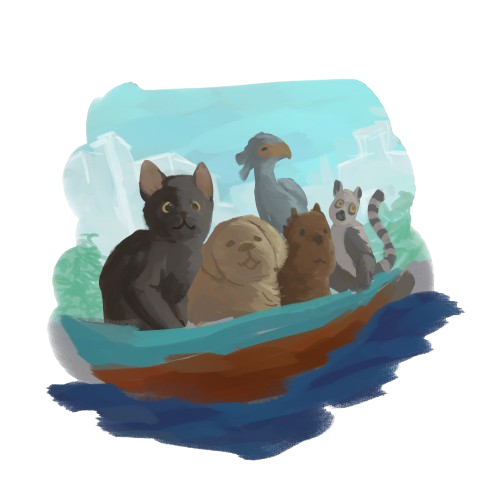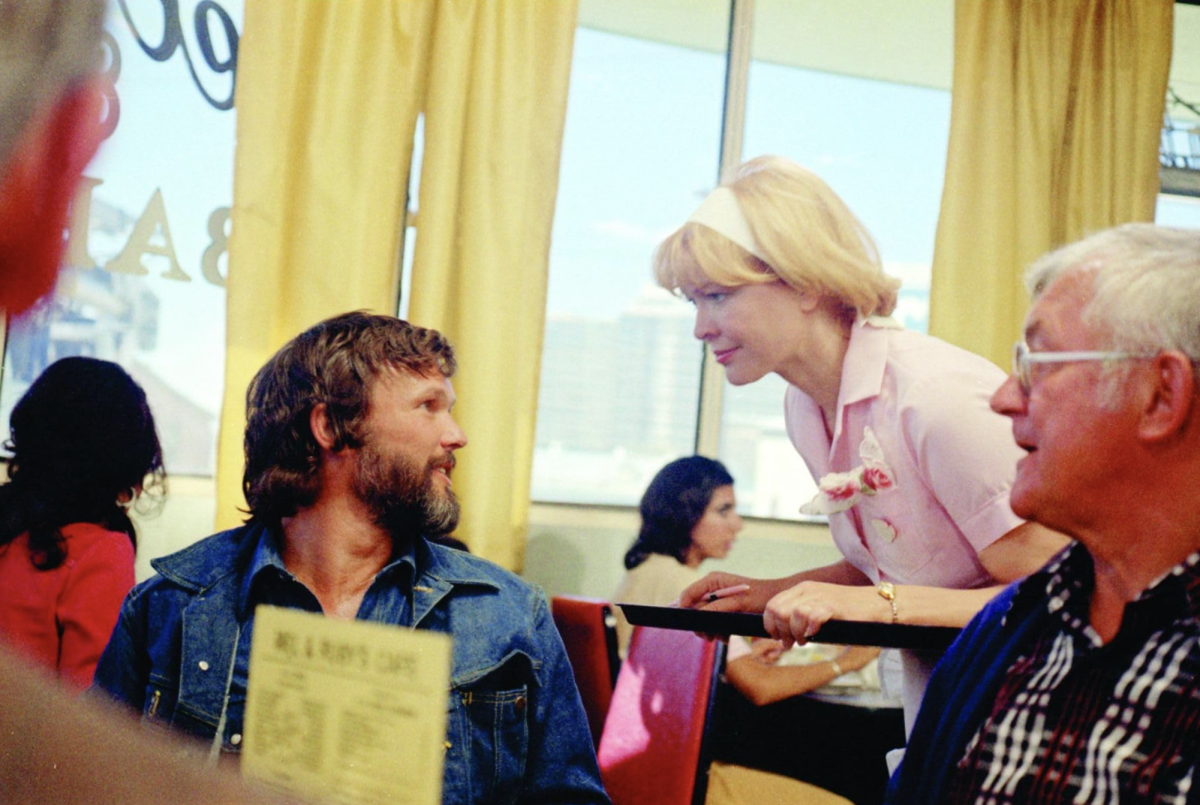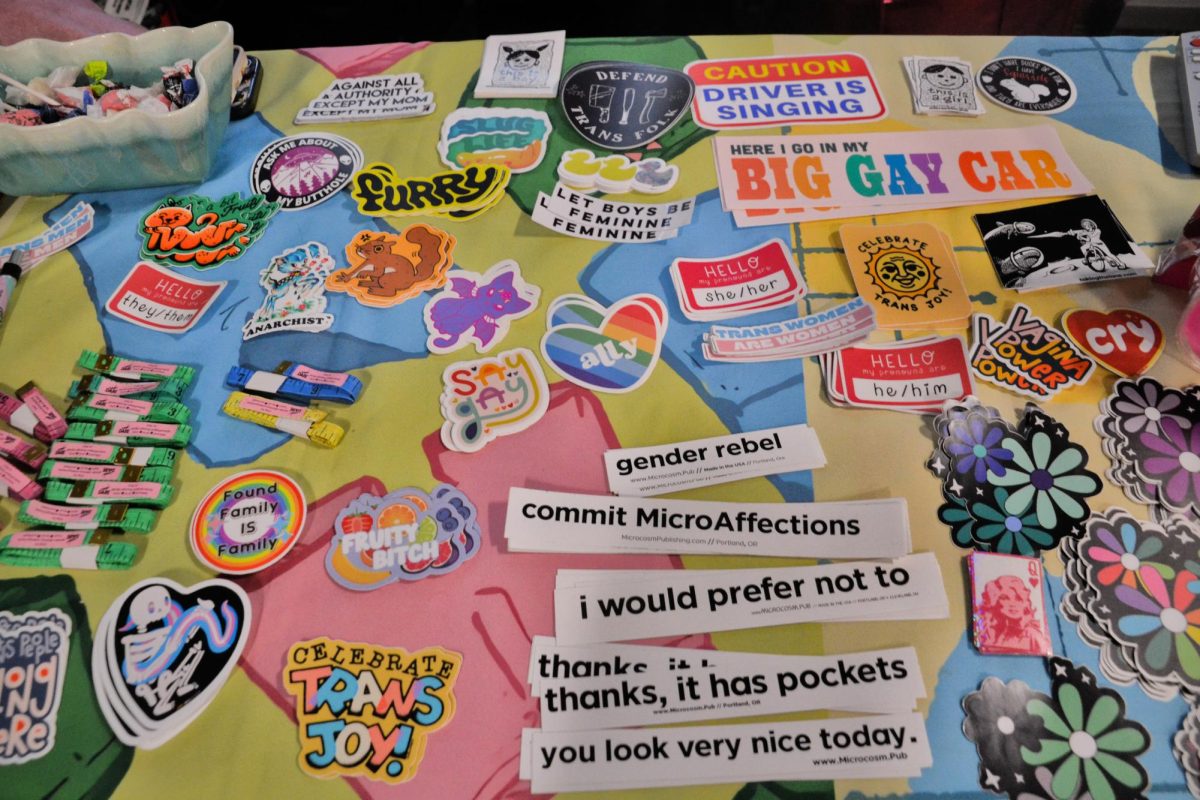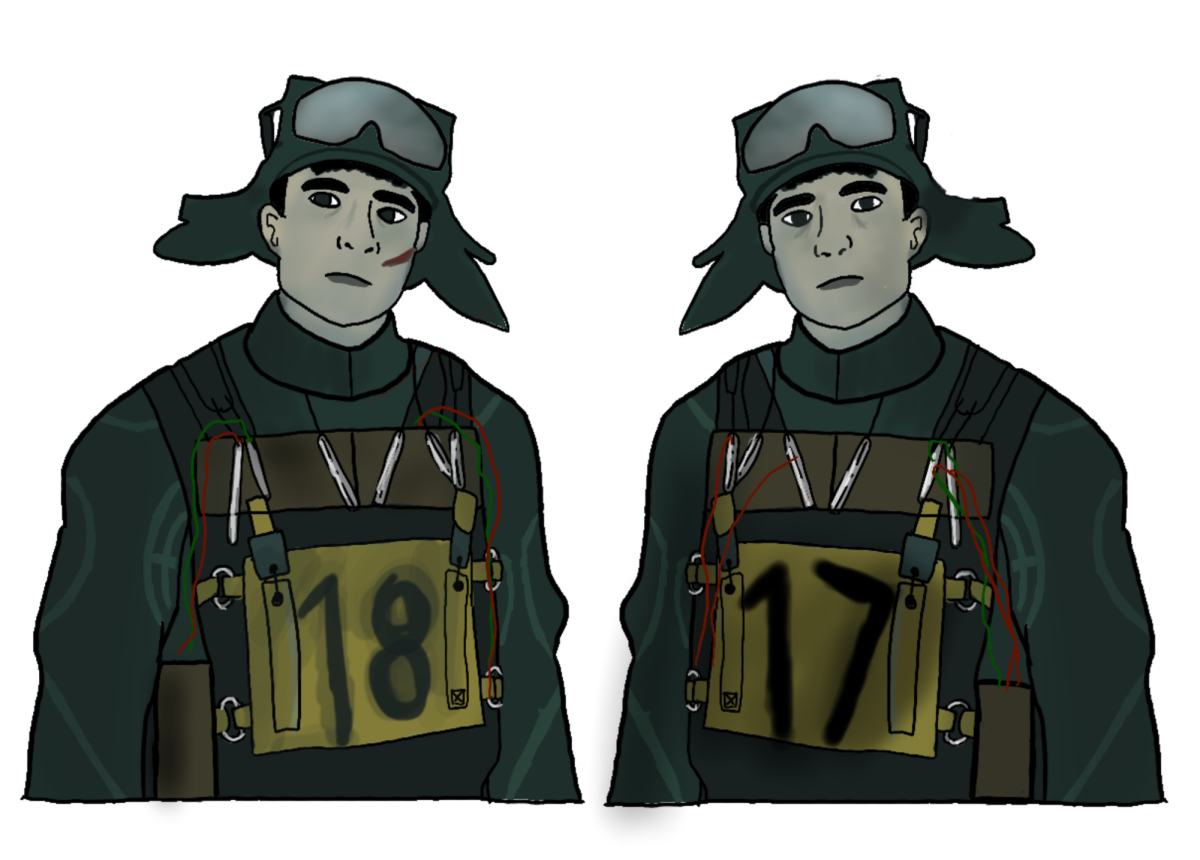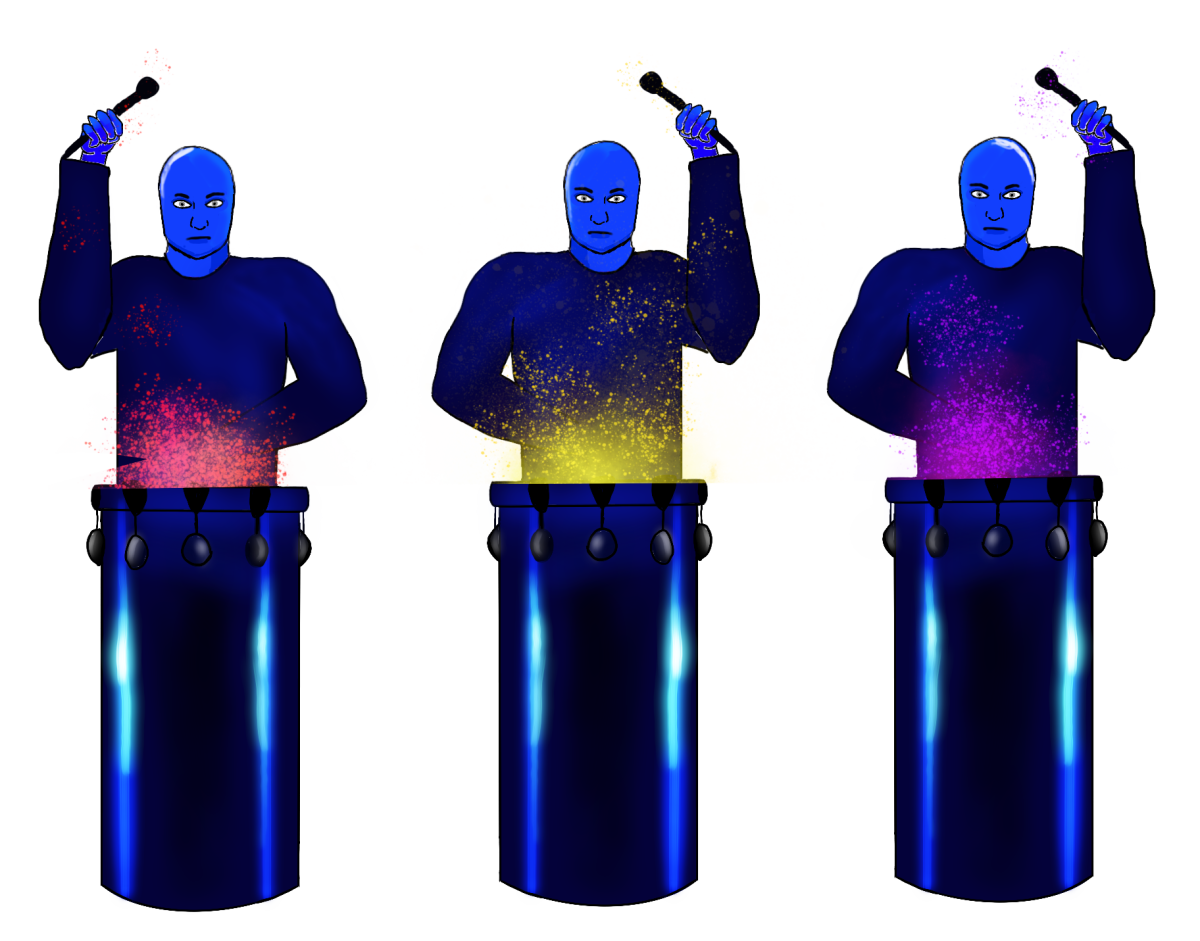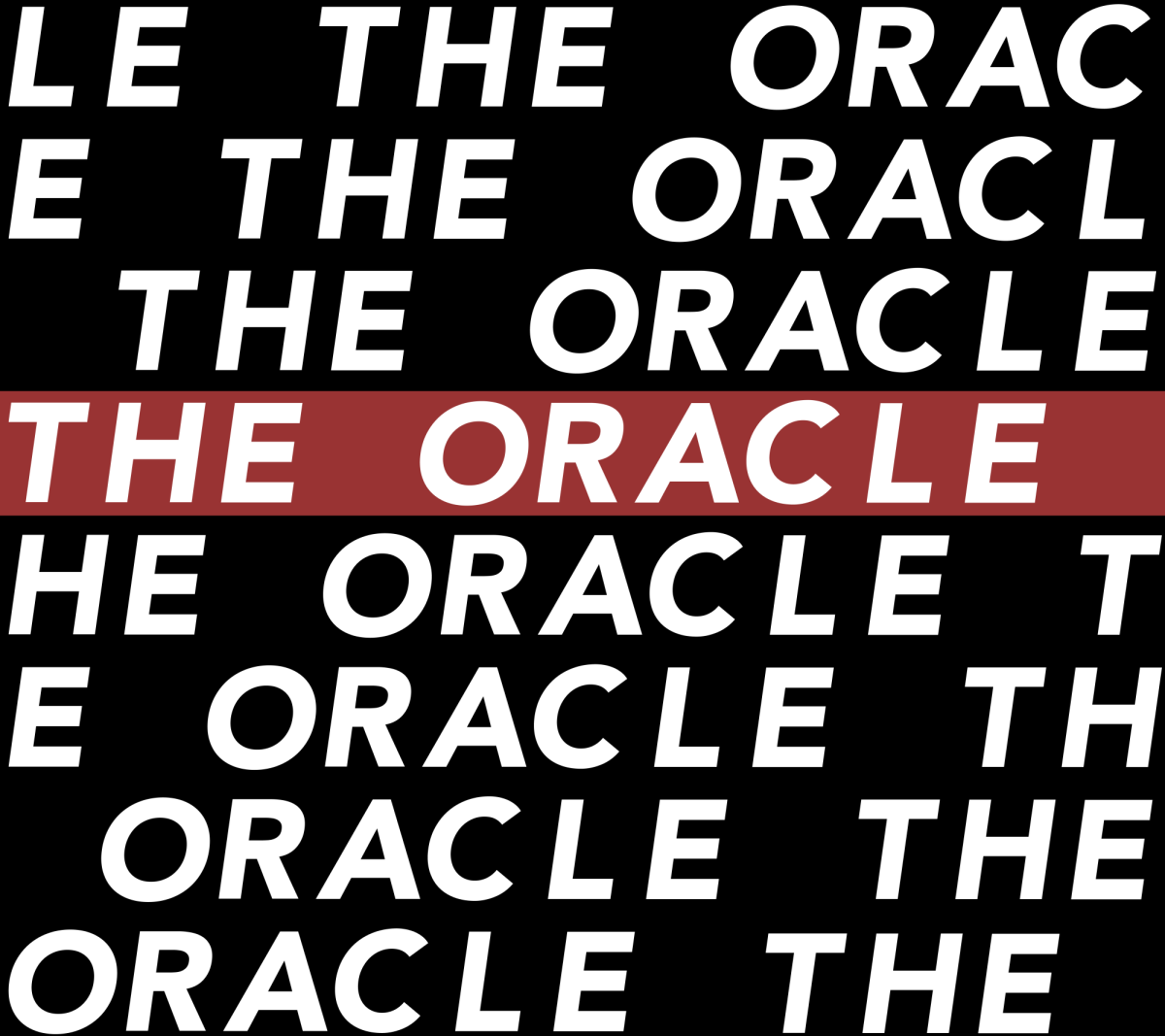“I made a film that I’d myself like to watch. I think that my favourite films are personal stories of their filmmakers. That doesn’t mean that they should be very direct kind of biopics, but that emotions and ideas are being explored about which the creators really care about,” Gints Zilbalodis, the director of “Flow,” said.
One of the great triumphs of animation is the ability to tell stories that could never be told otherwise, to create beautiful worlds and images that can help push cinema forward. That is what Zilbalodis is trying to accomplish with “Flow.” It premiered in competition at the 2024 edition of the prestigious Cannes Film Festival and was picked up for distribution by Janus Films, who also own The Criterion Collection.
The film was released with critical acclaim, and it surprised many when it won the Golden Globe award for Best Animated Feature. It also received two Academy Award nominations, one for Best Animated Feature, and for Best International Feature Film, representing the country of Latvia in their first ever Oscar nomination.
The plot follows a dark grey cat (nicknamed Flow by Zilbalodis) forced to survive in an apocalyptic flood that envelops the world alongside a yellow Labrador Retriever (voiced by Zilbalodis’ real life dog). Flow sees a sailboat floating by, and they both decide to climb on to save themselves. The boat is captained by a friendly Capybara, who helps Flow adjust to their new life. They are soon joined by an injured Secretary Bird who steers the rudder and a kleptomaniac Ring-Tailed Lemur to become a found family. While their story features much hardship and struggle, they manage to emerge stronger, together.
This film is also notable for being one of the first movies to be animated in the free open source software Blender. In a recent “Ask me Anything” for Reddit, Zilbalodis remarked on how this enabled him to tell his story,
“Blender has opened up a lot of doors for filmmakers and artists around the world. We couldn’t have made this film on a budget like this without it. And I’m sure that there will be many incredible independent animated films being made now.”
Zilbalodis also composed the soundtrack of the film with Rihards Zaļupe, and the beautiful music really stands out with the lack of traditional dialogue. It helps move the movie forward, and engage the viewer in the world of the film. Zilbalodis also commented on how this storytelling choice proved difficult,
“It was quite challenging to tell an ensemble story without dialogue. For me it’s much easier to tell a story with a single protagonist. I wanted each of the five characters to be fully developed and flawed and to pay enough attention to each of them. Without dialogue, the characters have to have very clear motivations, goals and personalities. That makes it complicated if you want to create something that feels like a fully fleshed out character while also being very simple,” said Zilbalodis.
After watching the film, I was reminded of another silent animated film with remarkable similarities to “Flow”—2016’s “The Red Turtle,” produced by Isao Takahata and Toshio Suzuki of Studio Ghibli. It also competed at Cannes, winning a special jury prize in the Un Certain Regard competition and being nominated for the Oscar for Best Animated Feature. While the films are quite different, I would highly recommend “The Red Turtle” to fans of “Flow.”
I sincerely hope that “Flow” serves as a wake up call to Hollywood after it won the Oscar for Best Animated Feature, to promote animated films that help push the boundaries of what cinema can truly be, helping independent filmmakers tell their stories to the world. My final rating for “Flow” is a beautiful 10/10.
“Flow” (2024): A Modern Fable of Friendship
Erik Larson, Life Reporter
March 3, 2025
Categories:
Story continues below advertisement
1
More to Discover

